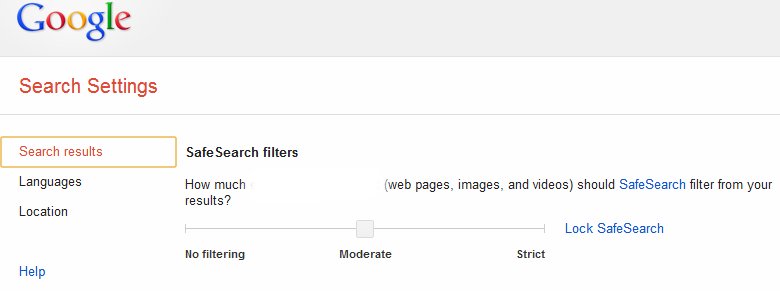On its Google+ Page, Google announced a new feature that enables users to save their preferences for search and access them across devices and computers after logging into the Google platform. According to Google, the move will enable users to control Google Instant, different language preferences and other features as they move from device to device. For marketers, the move further demonstrates Google’s commitment to its users, and SEO must be about making sites as easy to use as possible.
Google has spent most of 2012 trying to effectively unify and personalize its various products and services. Making search uniform across different platforms and devices for users is only the latest step.
The move puts people – not browsers – in charge of search settings, building on earlier releases from the search giant. For example, Google launched new Google Chrome mobile apps to allow Android and iPhone users to take their Chrome history, bookmarks and settings with them. Opening the Chrome app allows users to access their most recent activity from any other device from which they accessed the browser.
With saved search preferences, users are more likely to see the same search results regardless of the device they use, which could help marketers who have established their sites as go-to resources improve search traffic. This is especially useful for companies with strong search rankings on both mobile and desktop SERPs.
Should a user visit a site on his or her desktop or laptop computer, then make a similar search on a mobile device, seeing the same results on both SERPs can bolster a brand’s authority. Moreover, Google is actively looking to improve its ability to direct users to mobile content optimized for their devices. Brafton recently highlighted a report from Bryson Meunier that found Google testing icons on mobile SERPs guiding users to quality mobile sites.




